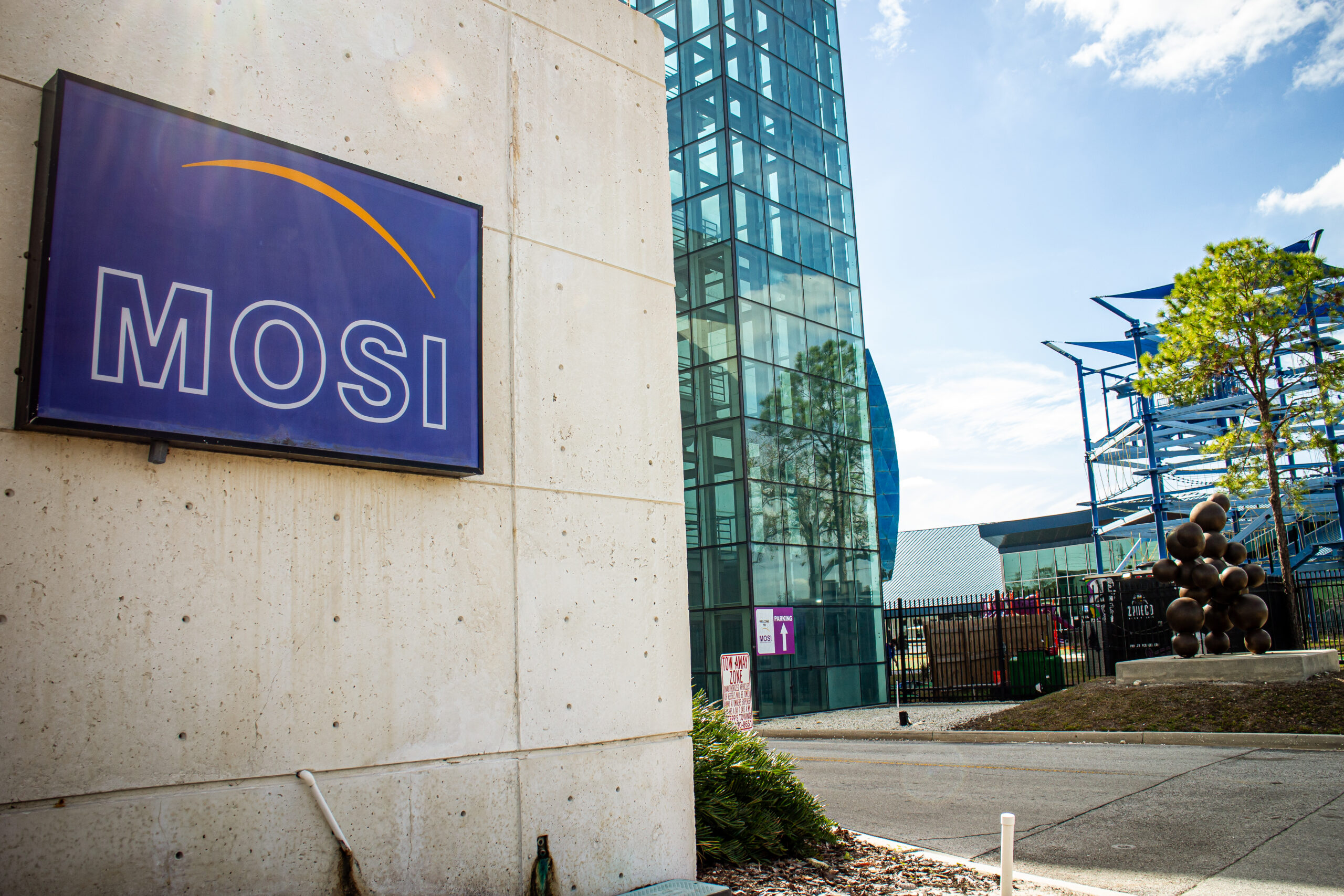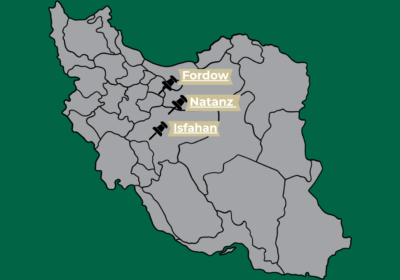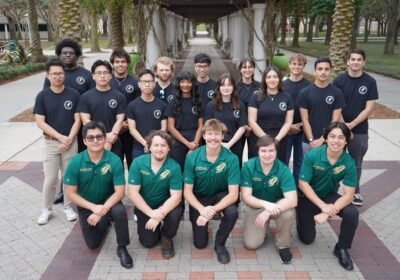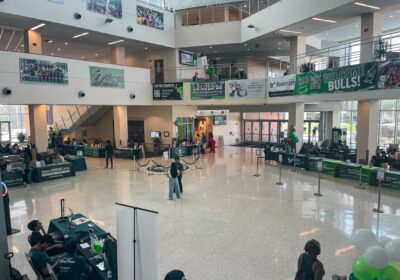USF students say MOSI’s new dome is immersive

The Museum of Science & Industry’s (MOSI) renovated digital dome planetarium is so immersive that Christopher Garvin had to watch his step.
“When you walk into this dome, you almost fall down because it’s so disorienting,” said Garvin, the dean of the College of Design, Art & Performance. “You go from this wow moment to the comfort of being immersed. It’s like a warm blanket of media around you.”
The facility will offer USF students and faculty the opportunity to create and present their own content using specialized software.
Garvin, two art studio students and Andrew Scott Ross, director of USF’s School of Art & Art History, were invited to visit MOSI’s digital dome on Jan. 16.
During their visit, they watched nature films and live Google Maps demonstrations.
“It’s a similar feeling to being out in nature,” Garvin said. “In nature, we feel better because our body is attuned to it. This screen brought that feeling to me.”
Related: TikTok ban delayed: Here’s what USF students have to say
With over 300 seats, the $5-10 million project will be the second-largest planetarium in the country, MOSI CEO John Smith said.
The construction began two years ago as a “conversion” of an existing facility at the museum and is expected to be completed in the next few weeks, he said.
“My job is to make MOSI as successful as possible, and having a world-class feature like the digital dome planetarium was the way to do that,” Smith said. “Revitalizing the facility has been part of my plans since I got here [in 2022].”
Smith said the dome will host events, such as planetarium shows, laser music performances and digital content presentations.
A digital production component is being installed at the dome, which will allow users to showcase their work within the dome and create content.
Smith said anything created on a computer can be converted into a 360-degree format.
“The idea is that at some point, USF students and faculty have the opportunity to train on software that not only reproduces content but also has production capabilities,” Smith said.
Related: USF achieved record-breaking research funding in the first full year at AAU
Adrian Hermidas Otero, a junior studio art major, said all he could think about while in the dome was how his animations would look on the “big screen.”
Otero is working on a short animated film about individuality and humanity. He said if he displayed it on the dome, it would have a deeper effect.
“My intention with the film is for people to connect with it,” Otero said. “The dome would help achieve that because everything I saw there left an impact. The visuals were impressive.”
KJ Skidmore, a graduate fine arts student, visited the facility alongside Otero. She said she felt “enveloped” when she first entered.
“It’s immediately engaging,” Skidmore said. “It’s not just a visual experience. It’s something you feel in your body.”
Although she initially joined the program focusing on painting, Skidmore also does video production and installation art. Her art explores themes such as femininity and mortality.
“I always try to create the biggest, most impactful thing that I can,” Skidmore said. “I like immediate impact, and the dome has that. It’s commanding, and that’s the voice I want as a female artist.”
Related: USF’s Botanical Gardens’ recovery after Milton: ‘A work in progress’
Garvin, the dean, said by presenting their work at the installation, students can reach a wider audience.
“We want to produce great work that is accessible, and MOSI is giving us the opportunity to do that,” Garvin said. “People will get to see new work from students, and students will have a venue to push their projects.”
In addition to being the director of the School of Art & Art History, Ross said he is an artist. He said he would “love” the opportunity to display art at the dome and that such opportunities are “exponential” for artists.
“Whatever medium you are working on, you can turn it into something that takes up a whole room, as if the sky has turned into a canvas,” Ross said.







